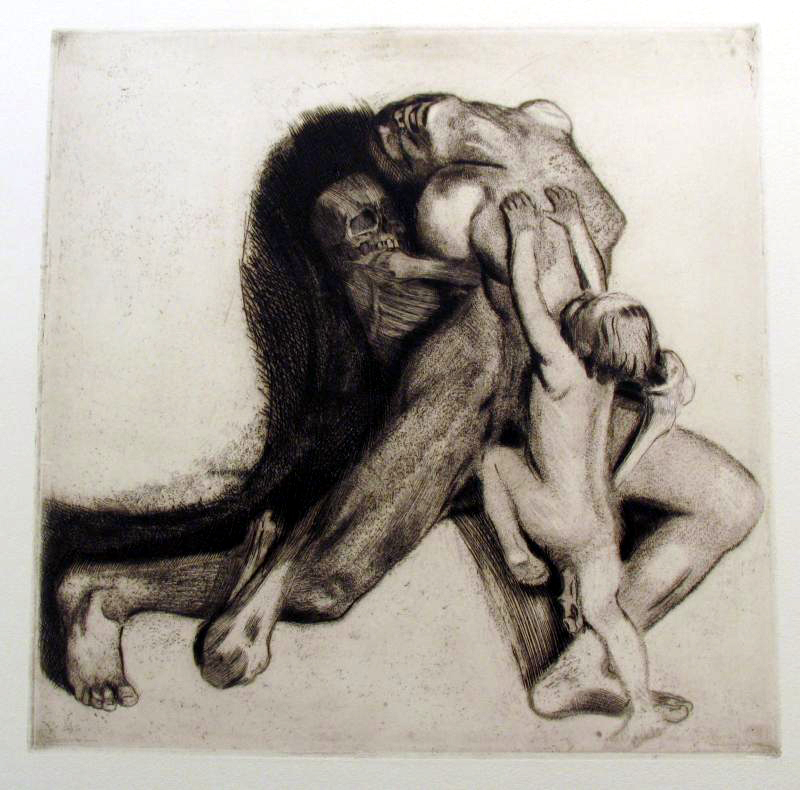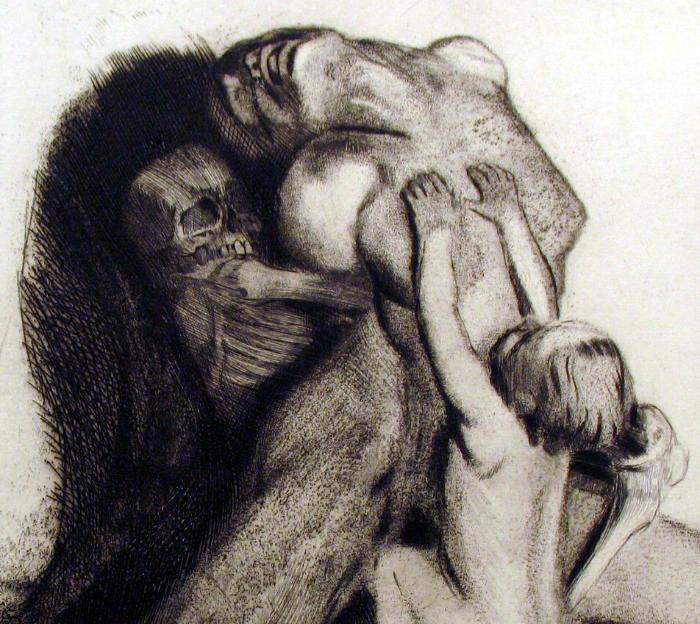  | |


NOTE: Bidder with less than five (5) feedbacks, "sunglasses", no activity for more than six (6) months or more than one (1) negative feedback in the past 30 days, please contact me prior to bidding. I reserve the right to cancel any bid if you fall into one of the above categories. If you have purchased from ART4SALE.com before, you do not need to contact us and may bid. All auction items are sold as is, where is and are final sales. Thank you.
ART4SALE.com Art styles Abstract, Abstract Art, Abstract Painting, African Art, Antique Print, Art Deco, Art Nouveau, Art Prints, Artist Painting, Bernard Buffet Prints, Botanical Print, Bronze, Bronze Sculpture, Buy Fine Art, California, Canvas, Collage, Digital Art, Drawings, Etching, Engraving, Religious, Ethnic Art, Fine Art, Flower, Folk Art, Framed Art, Frames, Gouache, Impressionism, Impressionist, Impressionist Artists, Impressionist Paintings, Italian, Keith Haring, Limited Edition Print, Lithograph, Maitland Smith, Metropolitan Museum, Mixed Media, Modern Art Reproduction, Monet, Natural History Print, Norman Rockwell, Nude, Oil, Oil On Canvas, Oil Painting, Oil Paintings, Original, Original Art, Original Paintings, Other Art, Paintings, Pastel Art, Pastels, Photograph, Photographic Images, Picasso, Pictures, Pop Art, Pop Art Gallery, Portrait, Posters, Primitive Art, Primitives, Prints, Realism, Sculpture Art, Sculptures, Self Representing Artists, Statue, Stone Sculpture, Surrealism, Surrealist, The Titanic, Thomas Kincade, Thomas Kinkade, Van Gogh, Vintage, Vintage Art, Vintage Posters, Watercolor, Watercolor Art, Wood Carving Sculpture, artbrokerage.com, ebay.com, amazon.com, facebook.com, twitter.com
|
Click for ART4SALE.com Store
ART4SALE.com Offers ** Best Art ** Best Value ** BELOW DEALER COST!
ARTIST:
Käthe Kollwitz
TITLE:
c. 1910 Death of Woman
MEDIUM:
RARE Original soft-ground etching printed on wove paper. Published by von der Becke. Signed in Plate in lower right with Publisher stamp. Artwork is mounted.
SIZE:
17 x 17 inches unframed
CONDITION:
Very Good Condition. Impression is Excellent!
SHIPPING:
Buyer pays Professional Crating, Packing, SHIPPING, and Insurance. FREE SHIPPING - Note: When Free Shipping is offered - this is valid for shipments made within the continental US only! Buyer will be charged for custom crating and insurance. For international shipments, check Fed-Ex for quote or Email [email protected]

Buy with confidence! Art4sale.com Fine Art Dealers since 1983. Swahn Galleries, ART4SALE.com Swan Swann offers European and American masters such as Pablo Picasso, Marc Chagall, Joan Miro, Rembrandt van Rijn, Pierre-Auguste Renoir, Maurice Vlaminck, Marie Laurencin, Henri de Toulouse-Lautrec, Bernard Buffet, Alexander Calder, Andy Warhol, Georges Rouault, Salvador Dali, Pierre Bonnard, Georges Braque, Edgar Degas, Mary Cassatt, James McNeill Whistler, and Henri Matisse. In addition, contemporary artists such as Alvarez, Animation Art, Jan Balet, Leonard Baskin, Howard Behrens, Robert Blue, Rodo Boulanger, Charles Bragg, Paul Braslow, Romero Britto, Sergio Bustamante, Frank Caldwell, Alexander Chen, James Coignard, Danny Day, Michel Delacroix, Bev Doolittle, Neil Doty, Jack Dowd, MP Elliott, Romain de Tirtoff Erte, M.C. Escher, Roy Fairchild, Jean Michel Folon, Michael Garmen, Gaylord Soli, Yankel Ginzburg, Michael Gorban, Bracha Guy, Keith Haring, Frederick Hart, Louis Icart, Robert Indiana, Jin G Kam, Max Karp, Alex Katz, Mark King, Mark Kostabi, Mikulas Kravjansky, Ting Shao Kuang, Kudo Muramasa, Chris Lassen, Fanch Ledan, Barry Leighton Jones, Zhou Ling, Aldo Luongo, Richard MacDonald, Bill Mack, Yuval Mahler, Isaac Maimon, Marvin Markman, Felix Mas, Peter Max, Joan Miro, Vicky Montesino, Fernando Montoya, Wayland Moore, Alphonse Mucha, Patrick Nagel, Rueben Nakian, LeRoy Neiman, Lowell Nesbitt, Bo Newell, Noyer, Jovan Obican, Olivia de Berardinis, Orlando Agudelo Botero, Orlando AB, Linnea Pergola, Frederick Prescott, Alicia Quaini, Auguste Renoir, Susan Rios, Norman Rockwell, G.H. Rothe, Georges Roualt, Julien Roux, Sakata, Kenny Scharf, Dr. Seuss, Bob Shepherd, Nicola Simbari, Anton Sipos, Stan Solomon, John Stango, Itzchak Tarkay, Jiang Tiefeng, Theo Tobiasse, Victor Vasarely, Andy Warhol, Michael Wilkinson, Barrie Wentzell, Barbara Wood, Yuri Yuroz, Joanna Zjawinska, Roy Lichtenstein, and many others.
|
|
(July 8, 1867 – April 22, 1945) Käthe Kollwitz is regarded as one of the most important German artists of the twentieth century, and as a remarkable woman who created timeless art works against the backdrop of a life of great sorrow, hardship and heartache.
Käthe was born in 1867 in Konigsberg, East Prussia (now Kalingrad in Russia). She studied art in Berlin and began producing etchings in 1880 In 1881 she married Dr Karl Kollwitz and they settled in a working class area of north Berlin. In 1896 her second son, Peter, was born.
From 1898 to 1903 Käthe taught at the Berlin School of Women Artists, and in 1910 began to create sculpture.
In 1914 her son Peter was killed in Flanders. The loss of Peter contributed to her socialist and pacifist political sympathies. In 1919 she worked on a commemorative woodcut dedicated to Karl Liebknecht, the revolutionary socialist murdered in 1919. Käthe believed that art should reflect the social conditions of the time and during the 1920s she produced a series of works reflecting her concern with the themes of war, poverty, working class life and the lives of ordinary women.
In 1932 the war memorial to her son Peter - The Parents - was dedicated at Vladslo military cemetery in Flanders. Käthe became the first woman to be elected to the Prussian Academy of Arts, but in 1933, when Hitler came to power, she was expelled from the Academy . In 1936 she was barred by the Nazis from exhibiting, her art was classified as 'degenerate' and her works were removed from galleries.
In 1940 Karl Kollwitz died. In 1942 her grandson, Peter, was killed at the Russian front. In 1943 Käthe's home was destroyed by British bombing and she was evacuated from Berlin to Moritzburg, near Dresden. The significance of the Vladslo memorial Extracts from The Great War and the Shaping of the Twentieth Century, Jay Winter
A few miles north of the medieval city of Ypres in Belgium is a German war cemetery. It lies in a field near the small town of Vladslo. In the cemetery are the graves of hundreds of men killed in the early days of World War I. Among the graves is that of Peter Kollwitz, a student from Berlin who volunteered as soon as the war broke out. Two months later, in October 1914, he was killed, aged nineteen, in one of the war's first major campaigns.
Käthe Kollwitz was informed of her son's death in action on 30 October. 'Your pretty shawl will no longer be able to warm our boy,' was the touching way she broke the news to a close friend. To another friend she admitted, 'There is in our lives a wound which will never heal. Nor should it.'
By December 1914 Kolhwitz, one of the foremost artists of her day, had formed the idea of creating a memorial to her son, with his body outstretched, 'the father at the head, the mother at the feet', to commemorate 'the sacrifice of all the young volunteers'. As time went on she attempted various other designs, but was dissatisfied with them all. Kollwitz put the project aside temporarily in 1919, but her commitment to see it through when it was right was unequivocal. 'I will come back, I shall do this work for you, for you and the others,' she noted in her diary in June 1919.
Twelve years later, she kept her word: in April 1931 she was at last able to complete the sculpture. 'In the autumn - Peter, - I shall bring it to you,' she wrote in her diary. Her work was exhibited in the National Gallery in Berlin and then transported to Belgium, where it was placed, as she had promised, adjacent to her son's grave. There it rests to this day.
Käthe Kollwitz's war memorial was an offering to a son who had offered his life for his country. That she was only able to complete it eighteen years after his death should tell us something about how unconvincing is the view that the Great War ended when the textbooks tell us, on 11 November 1918. For millions of people who had to live with the human costs of the conflict the war lasted much, much longer. It is for this reason that it makes sense to suggest that, in an important way, the contours of the history of the Great War, the history endured by millions of ordinary men and women, are visible at Vladslo.
The war opened in 1914 as a conflict which almost everyone believed would last for a few months. But the slaughter of Peter Kollwitz and the armies of 1914 did not result in a decisive victory. Instead, by the end of that year stalemate had set in: the Great War was born, a war which was to last fully 1,500 days.
At the Armistice of 11 November I9I8, the German Army was not far from Vladslo. It was still in occupation of large parts of Belgium. But it had been defeated. The Allies had won the war, at an unimaginable cost. In all combatant armies, over 9 million men had died in uniform; perhaps twice that number had been wounded. And an even larger number of people in every combatant country - wives and brothers, sons and daughters, mothers and fathers like Käthe and Karl Kollwitz - were in mourning. [That is the meaning] of Vladslo: in the midst of a Great War battlefield returned to farmland, holding together the remains of the fallen and the gestures of the survivors.
The story of the pilgrimage of one mother and father to their son's grave stands for millions of others. In August 1932 a war memorial was unveiled at the Roggevelde German war cemetery, near Vladslo in Flemish Belgium: a sculpture of two parents mourning their son, killed in October 1914• It is the work of Käthe Kollwitz. There is no more moving monument to the grief of those who lost their sons in the war than this simple stone sculpture of two parents, on their knees, before their son's grave.
There is no artist's signature, no location in time or space - only the universal sadness of two aged people, surrounded by the dead like 'a flock of lost children'. The phrase is Käthe Kollwitz's own. The story of her struggle to commemorate her son's death testifies both to her humanity and to her achievement in creating a timeless memorial, a work of art of extraordinary power and feeling.
Kollwitz was only able to complete the memorial eighteen years after her son's death, which alone should tell us something about the process of bereavement described so movingly in her diary and in her work. That process was in no sense unique. Kollwitz was haunted by dreams of her son, and felt his presence in the same way that other bereaved parents did throughout the world. She spent hours sitting in his room. In October 1916, she wrote in her diary that 'I can feel Peter's being. He consoles me, he helps me in my work.' She rejected the idea of spirits returning, but was drawn to the 'possibility of establishing a connection here, in this life of the senses, between the physically alive person and the essence of someone physically dead'. Call it 'theosophy or spiritism or mysticism' if you will, she noted, but the presence was there none the less. 'I have felt you, my boy - oh, many many times.' Even after the pain of loss began to fade she still spoke to her dead son, especially when working on his memorial.
What gives Kollwitz's mourning an added dimension was her sense of guilt, of remorse over the responsibility of the older generation for the slaughter of the young. This feeling arose from her initial apprehensive but positive reaction to Peter's decision to volunteer. Her vision was internationalist, and hostile to the philistine arrogance of official Germany. But, as she said time and again, she believed in a higher duty than mere self-interest, and had felt before 1914 that 'behind the individual life ... stood the Fatherland'. She knew that her son had volunteered with a 'pure heart', filled with patriotism, 'love for an idea, a commandment', but still she had wept bitterly at his departure.
To find, as she did later in the war, that his idealism was misplaced, that his sacrifice was for nothing, was difficult for many reasons. First, it created a distance between her and her son. 'Is it a break of faith with you, Peter,' she wrote in October 1916,'if I can now see only madness in the war?' He had died believing; how could his mother not honour that belief? But to feel that the war was an exercise in futility led to an even more damaging admission - that her son and his whole generation had been 'betrayed'.
This recognition was painful, but when she reached it in 1918 she did not flinch from giving it artistic form. This is one reason why it took so long for her to complete the monument, and why she and her husband are on their knees before their son's grave. They are there to beg his forgiveness, to ask him to accept their failure to find a better way, their failure to prevent the madness of war from cutting his life short.
At Roggevelde, on their knees, Käthe and Karl Kollwitz suggest a family which includes us all. And that may be precisely what she had in mind: the most intimate here is also the most universal. In a powerful sense, this memorial in a German war cemetery is a family reunion, a foretaste of what her broad religious faith suggested would happen at some future date. The sense of completeness, of healing, of transcendence is transparently present in her moving account of her last visit to the memorial. She was alone with her husband: 'we went from the figures to Peter's grave, and everything was alive and wholly felt. I stood before the woman, looked at her - my own face - and I wept and stroked her cheeks. Karl stood dose behind me - I did not even realize it. I heard him whisper, "Yes, yes. How close we were to one another then!'
This pilgrimage helped to heal one set of wounds just as another cruel period was about to begin ... For Käthe Kollwitz, the war they unleashed brought still more suffering to her life. Her work was derided, but she was left alone by the Nazis. Her husband died in 1940. Her grandson Peter, named after his uncle who had died in Belgium in 1914, was killed on the Russian Front in 1942.
The next year, she had to leave Berlin due to Allied bombing: her house and much of her work was destroyed on 23 November 1943. If World War I had blurred the distinction between civilian and military targets, World War II erased it. 'Carpet bombing' of cities became an ordinary event. 'It is almost incomprehensible to me', Käthe Kollwitz wrote, 'what degrees of endurance people can manifest. In days to come people will hardly understand this age. What a difference between now and 1914... People have been transformed so that they have this capacity for endurance.... Worst of all is that every war already carries within the war which will answer it. Every war is answered by a new war, until everything, everything is smashed.'
In the spring of 1945, Kollwitz knew she was dying.' War', she wrote in her last letter, 'accompanies me to the end.' She died on 22 April 1945, two weeks before the end of World War II.
GOOD LUCK BIDDERS!
|
There's Lots More to See! Click on Other Auctions Below!

Best Art ** Best Value
|